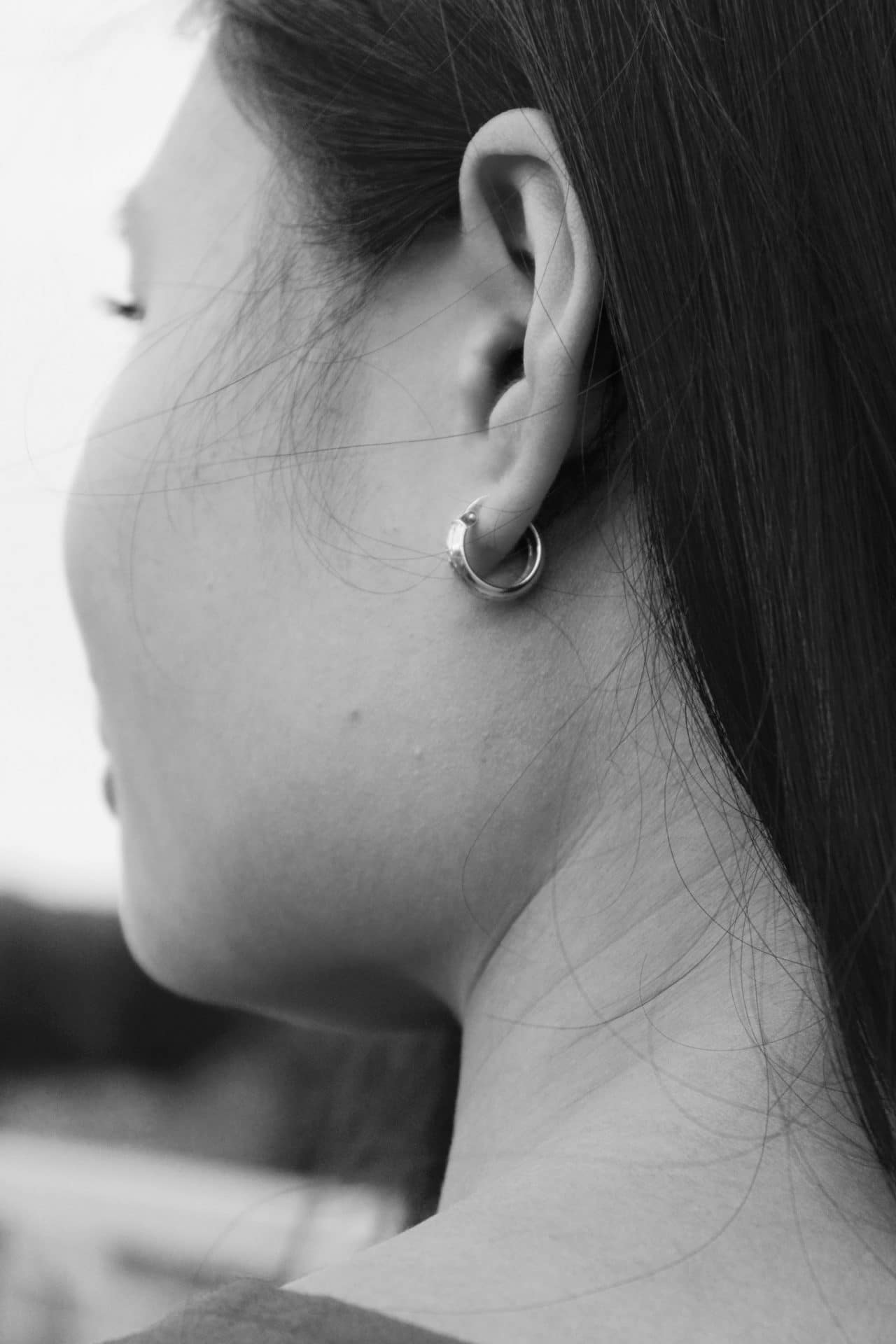There are many types of ear surgery. Otoplasty, a common one, refers to the surgical reshaping of the outer ear. There are many reasons a person may undergo otoplasty, from correcting a deformity in order to hear better to being more confident when going on dates at Pine Point Grill. Below we review everything you need to know about this procedure.
What Are the Types of Otoplasty?

There are three main types of otoplasty: ear molding/splinting, incisionless surgery and traditional otoplasty.
Ear Molding/Splinting
Ear molding, also known as ear splinting, is a simple, safe procedure that is performed on infants between the ages of six to seven weeks old when their cartilage is at its softest.
For this procedure, a surgeon uses a splint made of elastic, moldable material to reshape the soft cartilage. The splint is attached with surgical tape and stays in place 24 hours per day for a few weeks to a few months.
Incisionless Surgery
Incisionless surgery is typically performed on adults. It has a faster recovery time and lower risk of complications than traditional otoplasty. However, it’s not suitable for everyone, especially those whose prominent ears are due to excess cartilage.
During this procedure, a surgeon places a needle into the cartilage to increase its flexibility, then uses stitches to reshape the ear.
According to one study, 24% of participants said their incisionless surgery improved the appearance of their ears.
Traditional Otoplasty
Traditional otoplasty is performed by a plastic surgeon or an ear, nose and throat physician.
For this procedure, a local or general anesthetic is administered, then an incision is made behind the ear. Stitches are applied to hold back the outer ear, and sometimes some cartilage is removed. The procedure takes one to two hours. There may be a small, discreet scar that will fade over time.
What Is the Recovery Process Like?
The recovery process varies based on what type of procedure you get. However, all have some similarities.
After the surgery, the physician will apply a dressing that needs to stay in place for several days. Once the dressing is removed, a protective headband will need to be worn at night to prevent the ears from being pulled forward.
You may experience, soreness, numbness, tingling and slight bruising for a few days to a few weeks following the procedure. For more information about otoplasty or to schedule an appointment, call Benjamin Liess, M.D. at ENT Maine today.